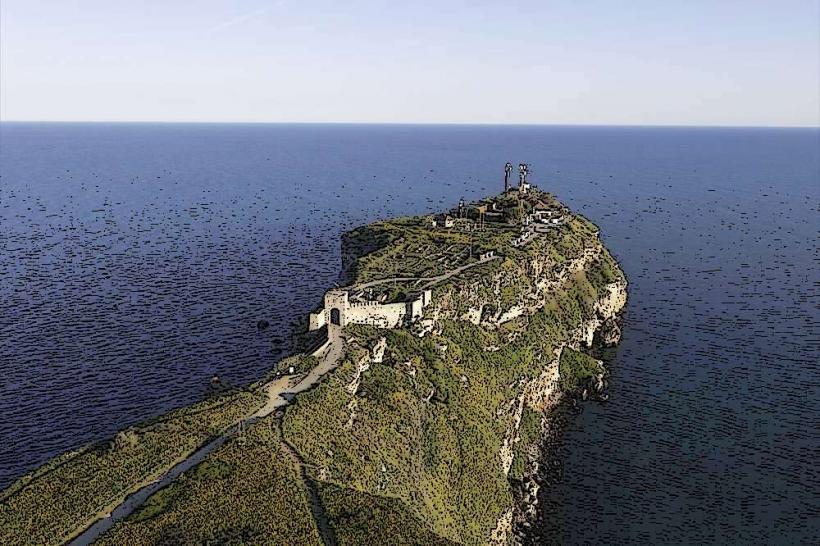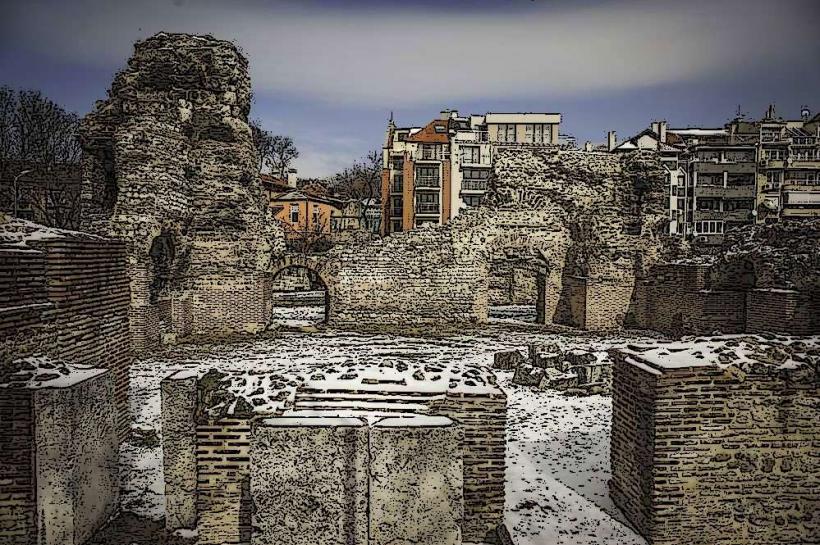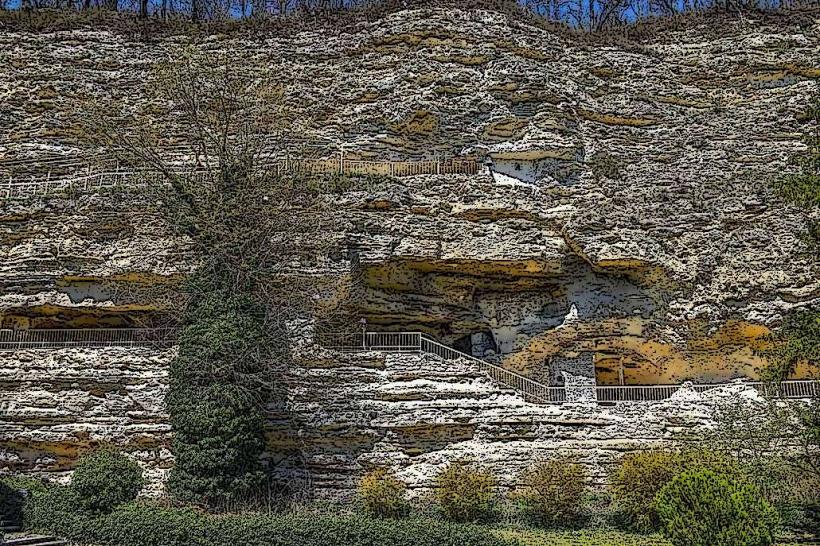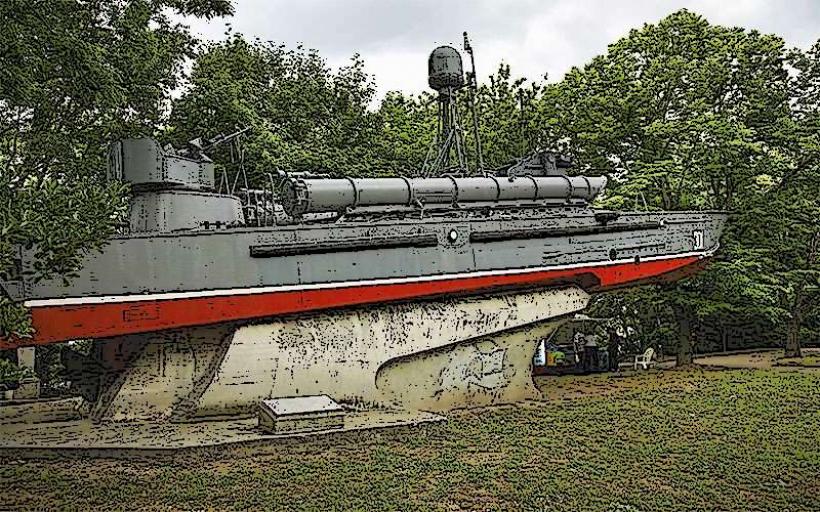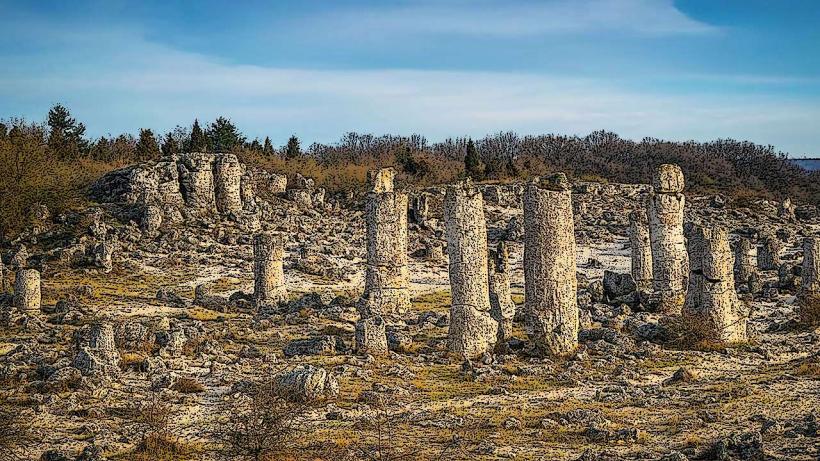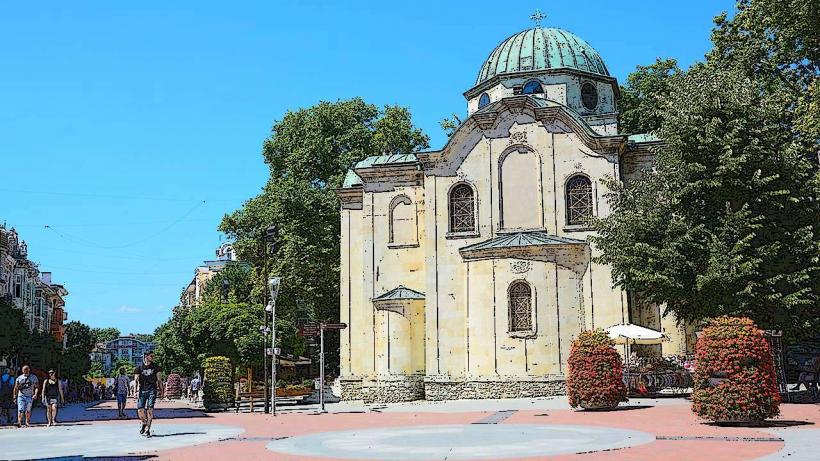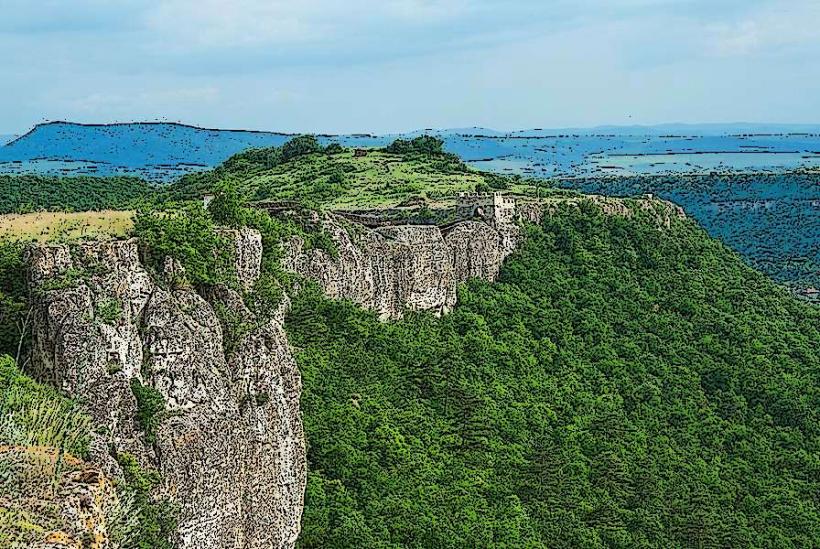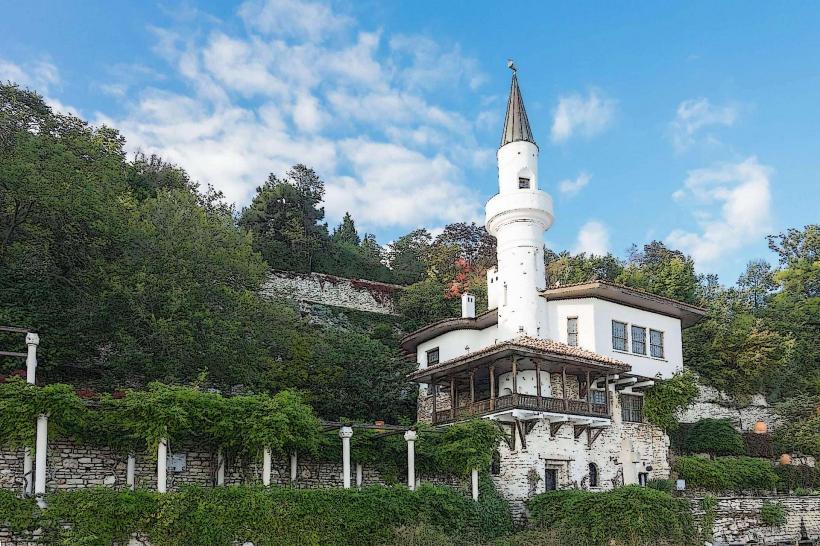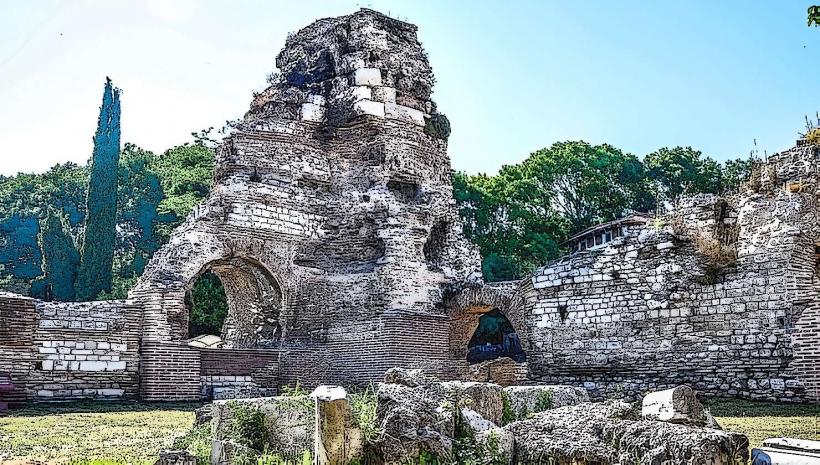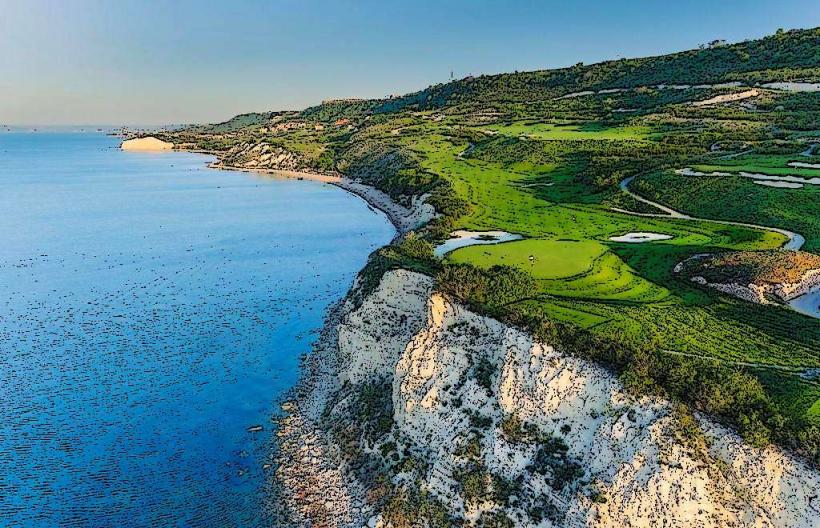Information
Landmark: Varna Roman BathsCity: Varna
Country: Bulgaria
Continent: Europe
The Roman Baths of Varna are the remains of an ancient Roman thermae (bathing complex) and one of the most significant Roman archaeological sites in Bulgaria. Constructed in the 2nd century AD during the Roman Empire's rule over the region, the baths are located in Varna, a city on Bulgaria's Black Sea coast, historically known as Odessos. These baths are not only the largest Roman ruins in Bulgaria but also among the largest Roman bath complexes in the Balkans.
Key Highlights and Features
Historical Context: The baths were part of the Roman city of Odessos, a major port and trading hub on the Black Sea. They served as a social and recreational center, where people from all walks of life could relax, socialize, and engage in various activities such as sports and bathing rituals.
Architectural Design: Covering about 7,000 square meters, the baths complex was designed with multiple rooms for different stages of the Roman bathing process. The site includes remnants of the following:
- Apodyterium – The changing rooms where bathers stored their belongings.
- Frigidarium – The cold-water pools used to refresh bathers.
- Tepidarium – A warm room that prepared visitors for the next stage.
- Caldarium – A hot room with heated floors, achieved through a hypocaust system (an underfloor heating system), where bathers would sweat and relax in the warmth.
Hypocaust Heating System: The baths utilized an advanced hypocaust system, one of the early forms of underfloor heating. Hot air generated from furnaces passed through hollow spaces under the floors and walls, warming the rooms, especially in the caldarium. You can still see parts of this heating system in the ruins today.
Social and Cultural Role: Roman baths were more than just places for bathing; they were social hubs where people gathered to relax, socialize, discuss politics, and conduct business. This made the Varna baths an essential cultural center for the citizens of Odessos.
Impressive Size and Preservation: The baths are exceptionally large for the region, with walls reaching heights of 20-22 feet in some areas. Though much of the original structure is in ruins, the scale and preservation of certain parts, such as the arches and columns, still convey the baths' grandeur.
Visiting the Roman Baths of Varna
Located near Varna’s city center, the baths are open to visitors, who can walk among the ruins and explore the remains of the different rooms and heating systems. Information panels around the site help visitors understand the baths' layout and the bathing process.
The Roman Baths of Varna offer a glimpse into the luxurious public amenities of Roman times and highlight the technological sophistication of ancient Rome’s bathing complexes. For history enthusiasts, it’s an excellent site that reflects Varna’s ancient history and its significance in the Roman Empire.

